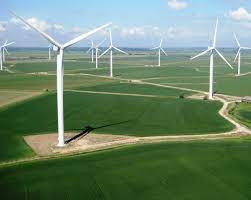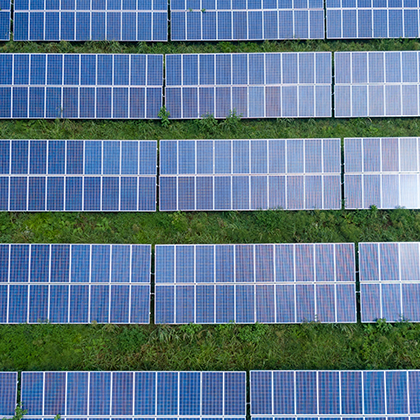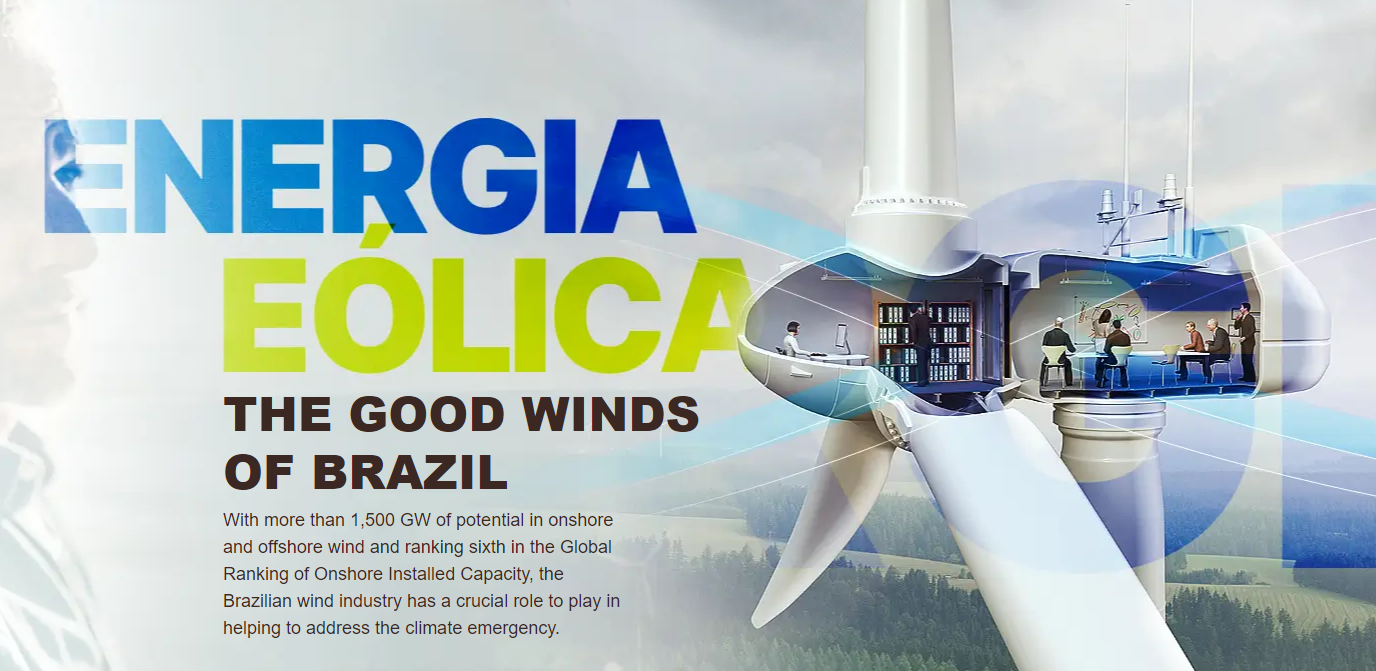Latest EnergyMetric news
Modelling the economics of long-duration energy storage

Our energy modelling team recently worked with a South African energy company to support the analysis for their novel gravity storage system.
The proposed solution uses power from renewable sources to raise and lower weights, in the process storing and releasing energy over longer cycles than can be achieved with chemical battery technologies. Not only does the ‘gravity battery’ offer the potential to store energy over longer time periods, but to do so far more cost efficiently than would be possible with alternatives.
The technology is being trialled in the South African market in collaboration with the mining industry, where high energy consumption and ready access to mine shafts provide an ideal opportunity to test the potential savings.
Our analysis involved us modelling the production profiles and variability from both the solar and wind facilities, the demand profile for the off-taker and the optimal economic charging and discharging strategy when taking account of the other commercial factors such as:
- PPA pricing for the solar and wind procurement
- variable tariffs for any remaining grid inputs and
- all other charges associated with utilisation of the grid infrastructure.
Analysing solar and wind generation for energy trading

Our data scientists are working with an energy business in South Africa to explore the potential for optimising their trading activity.
Accessing a portfolio of clean energy providers is often beyond the remit of an individual corporate client, sourcing clean energy through a third-party energy trader can unlock this opportunity. However, energy traders need to manage this intermittency, which is often described as shape, or volume risk. Traders must also determine how best to use discreet blocks of energy from multiple generators on the supply side to meet demand from multiple off-takers on the demand side.
Using our in-house software, EnergyMetric, our team modelled generation profiles from solar and wind facilities and then compared these against likely energy demand from different customers across the country. This enabled our client to build out the supply side of the business and meet the variable demand requirements of multiple energy customers within specific regional areas.
Integrating solar, wind and BESS onto a large campus

Our energy analysts recently worked with a large organisation to understand the potential for integrating solar, wind and BESS into their existing energy infrastructure.
We provided comprehensive site and yield assessment of the potential for developing solar and wind capacity, detailed analysis of the associated economics of different options and strategic insights into how best to manage the utilisation of a portfolio of intermittent generation assets.
The work draws on several of our key competencies and tools, including the use of our generation modelling software – EnergyMetric – to plan different scenarios with varying cost implications and the potential to offset electricity demand and deliver reductions in carbon emissions. The on-site generation analysis was complemented with a further assessment of the potential for battery storage considering a number of use cases: peak shaving, load shifting and energy arbitrage.
Complex weather modelling in Norway

We’re pleased to have successfully completed a complex weather modelling project in Norway. Working closely with Solvind and Notus Energy, our meteorologists were tasked with building a weather history for 2 wind development zones in the western Fjordland region.
Using met mast and production data from existing wind farms in the area for error model calibration, the team developed a 10 year meteorological time series at 1km spatial/10 minute temporal resolution.
The resulting data has been loaded into EnergyMetric software to allow the Solvind/Notus engineers to plan a series of new wind farm developments.
Brazil Wind Energy Association to showcase EnergyMetric

Fresh from a successful trip to Sao Paulo in Brazil, we're delighted to have been invited by the Brazilian Wind Energy Association to showcase EnergyMetric to their 120 member organisations.
Since its setup 20 years ago the Association has consistently contributed to the effective development of wind energy as a key source of clean energy in Brazil's national energy matrix. The country now boasts 22GW of installed capacity across 800+ projects.
We're looking forward to engaging with the membership!
